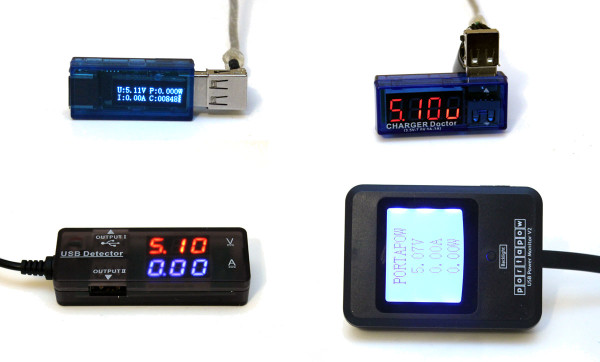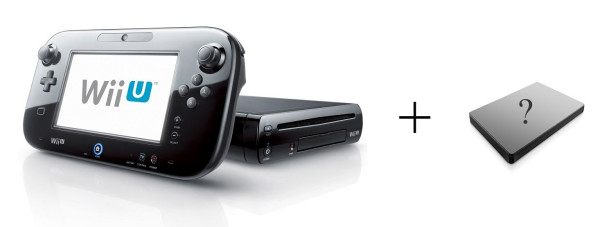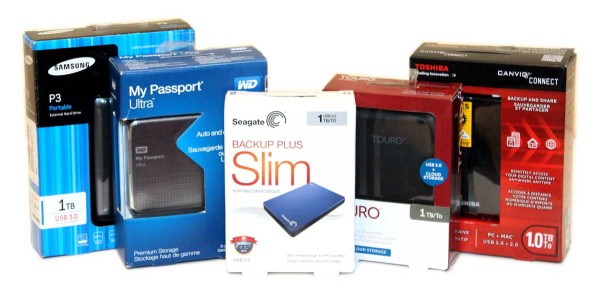Update 08/01/2016: If you’re looking for full-size multimeters with USB support. There’s a new article on budget DMMs. Of which 2 DMMs have USB data connection support.
The USB port is one of those things in the 21st century that provides the necessary “lifeblood” (electricity) to charge and re-charge all of our fancy cellphones and gadgets. Yet rarely in this process is there a good way to know that things are going well in the power transfer process. Maybe you’ve experienced plugging in your phone to charge and yet for some reason it doesn’t appear to take a charge or perhaps it’s just charging too slowly. And how does one figure out what to do about this? Surely, there is a little gizmo that can help us out here!
And sure enough, there is. In fact, there’s more than just one. There’s a whole bunch of them. They go by the names “charger doctor”, “USB detector”, “USB meter”, and even “USB power monitor”. At the end of the day, they’re mostly just digital multimeters designed for the USB port, but what they do is insightful!
And the best part is that they sell for under $15.


